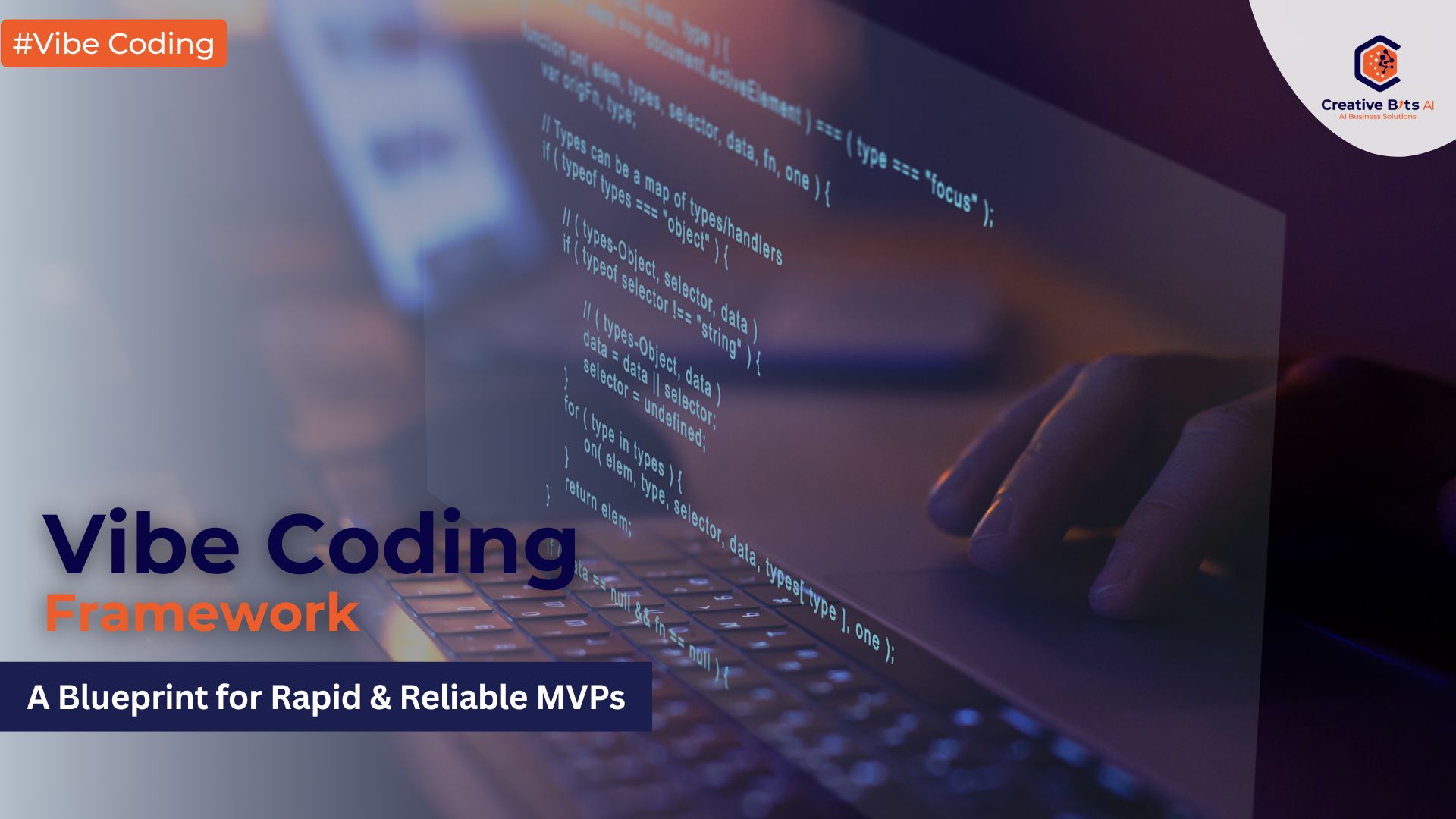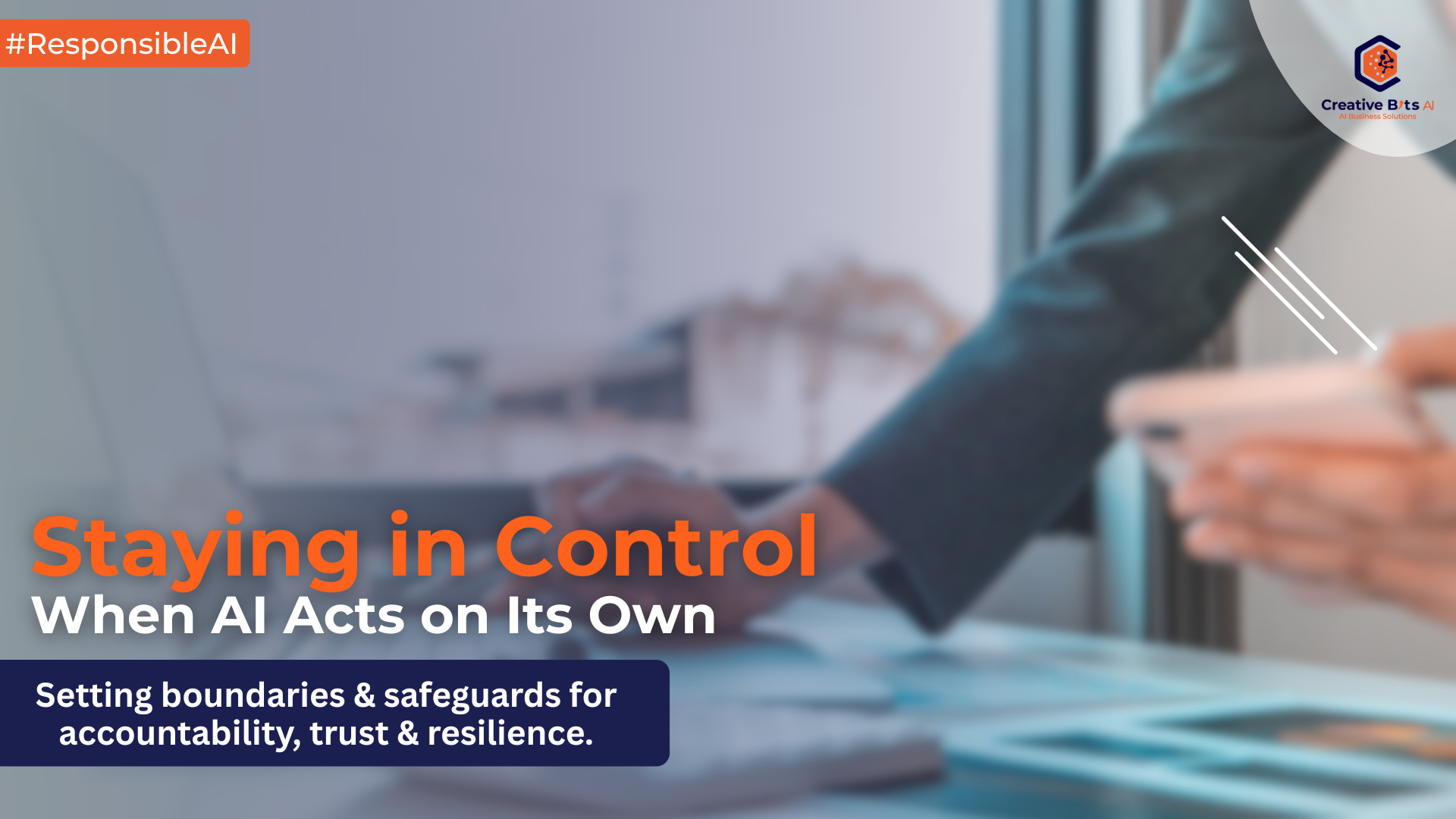In today’s fast-paced business environment, AI-driven process automation is transforming how companies operate by enhancing efficiency, agility, and decision-making. By merging artificial intelligence with automated workflows, organizations can adapt swiftly to market changes, meet evolving customer needs, and address operational challenges. Unlike traditional automation, which focuses on repetitive, rule-based tasks, AI adds intelligence, adaptability, and the capacity for continuous learning and improvement. As businesses increasingly adopt this technology, it is reshaping how they work, reducing costs, and uncovering new opportunities for innovation.
Enhancing Workflow Efficiency with AI-Driven Automation
The heart of AI-driven process automation lies in optimizing workflows through the analysis of vast datasets, the elimination of inefficiencies, and the generation of actionable insights. Machine learning algorithms can evaluate the contributions of different departments, processes, and even individual employees to overall productivity. This analysis enables businesses to identify and address bottlenecks, reallocate resources more effectively, and redesign workflows to achieve peak performance.
Consider the manufacturing industry: AI systems can continuously monitor production lines to detect equipment malfunctions or inefficiencies before they escalate. This predictive maintenance approach prevents costly downtime and minimizes disruptions to the production process. Similarly, in logistics, AI-driven automation can track shipments in real time, proactively rerouting them in response to unexpected delays such as traffic jams or adverse weather conditions. By streamlining operations, companies not only achieve higher efficiency but also become more resilient to external factors.
Automating Repetitive Tasks with AI Capabilities
A core advantage of AI-driven process automation is its ability to tackle routine, repetitive tasks, freeing up human employees to focus on strategic initiatives, creative problem-solving, and customer engagement. Industries such as finance, manufacturing, and customer support often dedicate substantial resources to activities like data entry, scheduling, invoicing, and inventory management. AI-powered solutions handle these tasks more accurately and at a fraction of the time, reducing human error and operational costs.
One key enabler in this domain is Robotic Process Automation (RPA) combined with AI. While traditional RPA automates rule-based tasks, adding AI capabilities allows for more complex, decision-based processes to be managed efficiently. For example, AI-powered RPA in finance can detect anomalies in billing processes, anticipate potential payment delays, and even suggest corrective actions. In customer service, AI-driven chatbots can answer common queries, escalate issues to human agents when needed, and provide 24/7 customer support, significantly enhancing customer satisfaction and reducing response times.
Real-Time Decision-Making with AI-Driven Automation
A major benefit of AI-driven process automation is its ability to facilitate real-time decision-making. In industries where timing is crucial, such as healthcare, financial services, and supply chain management, AI systems analyze incoming data instantaneously, provide recommendations, or take automatic actions. This reduces the lag time between receiving information and making informed decisions, enabling businesses to respond rapidly to changing market conditions, customer needs, and operational challenges.
For instance, in the retail sector, AI-powered systems can analyze customer behavior data in real time, predicting purchasing trends and adjusting inventory levels accordingly. This helps avoid stockouts or overstocking, improving customer satisfaction and reducing waste. In healthcare, AI tools can monitor patient data and alert medical professionals to critical changes in health status, ensuring timely interventions and better patient outcomes. By enabling quicker, more informed decision-making, businesses gain a competitive edge in their respective markets.
Increasing Business Agility with AI-Driven Process Automation
Agility is a cornerstone of business success in a rapidly evolving marketplace. Agile organizations can quickly adapt to shifting customer demands, market fluctuations, and competitive pressures. AI-driven process automation enhances business agility by enabling companies to scale operations, pivot strategies, and tackle new challenges with speed and precision. By analyzing data and predicting future trends, AI allows businesses to act proactively, minimizing risks and capitalizing on emerging opportunities.
For example, AI can forecast potential disruptions in global supply chains by analyzing historical data and market trends. This allows companies to adjust their procurement strategies, build contingency plans, and maintain uninterrupted operations. Retailers can use AI to analyze consumer sentiment on social media and tailor their marketing strategies in real time to meet changing preferences. This level of foresight helps businesses remain resilient, innovative, and ahead of their competition.
Reducing Costs and Improving Efficiency
Cost reduction and efficiency improvements are among the most immediate and tangible benefits of AI-driven process automation. By automating repetitive tasks and streamlining workflows, businesses can reduce labor costs, minimize errors, and improve overall productivity. AI systems can also identify resource waste and propose cost-saving measures, such as optimizing energy usage, reducing material waste, or improving inventory management.
In a manufacturing setting, for example, AI can monitor equipment performance and predict maintenance needs, preventing costly downtime due to unexpected failures. In finance, AI-powered automation streamlines auditing and compliance processes, saving time and resources compared to manual reviews. These cost savings allow businesses to reinvest in growth and innovation, ultimately enhancing their competitiveness and agility.
Challenges in Implementing AI-Driven Process Automation
Despite its numerous benefits, implementing AI-driven process automation is not without challenges. One of the primary obstacles is the initial investment required for AI technology. While the long-term gains often outweigh the costs, smaller businesses may struggle to secure the necessary funding. Integrating AI solutions with existing systems can also be complex and time-consuming, particularly when legacy infrastructure is involved.
Additionally, businesses must ensure their employees are equipped to work alongside AI-driven systems. Automation can free up time for higher-value tasks, but workers need the skills and training to take on these new responsibilities. Data security and privacy are also critical considerations. Effective AI systems rely on large volumes of data, and any breach of sensitive information can have severe legal and reputational consequences. Businesses must prioritize secure data management practices to maximize the benefits of AI while mitigating risks.
Future Trends in AI-Driven Process Automation
The future of AI-driven process automation is promising, with advancements in machine learning, robotics, and natural language processing paving the way for even greater capabilities. Businesses will soon be able to automate more complex tasks that require cognitive skills such as problem-solving, judgment, and creative thinking. One exciting development is the emergence of AI-powered collaborative robots, or “cobots,” which work alongside human employees to enhance productivity and safety. These cobots handle physically demanding or hazardous tasks, allowing human workers to focus on more strategic and innovative initiatives.
Another trend shaping the future of AI-driven process automation is hyperautomation, which involves automating entire end-to-end processes using a combination of AI, machine learning, and other advanced technologies. Hyperautomation enables businesses to create intelligent, interconnected workflows that span multiple departments and functions, driving unprecedented levels of efficiency and agility.
Conclusion
AI-driven process automation is revolutionizing business operations by enhancing efficiency, reducing costs, and increasing agility. By automating repetitive tasks, optimizing workflows, and facilitating real-time decision-making, AI empowers businesses to stay competitive in a dynamic market environment. While challenges such as initial costs, integration complexities, and data security concerns must be addressed, the long-term benefits of AI-driven automation far outweigh these obstacles. As technology continues to evolve, businesses can look forward to even greater opportunities for innovation, growth, and operational excellence.

